

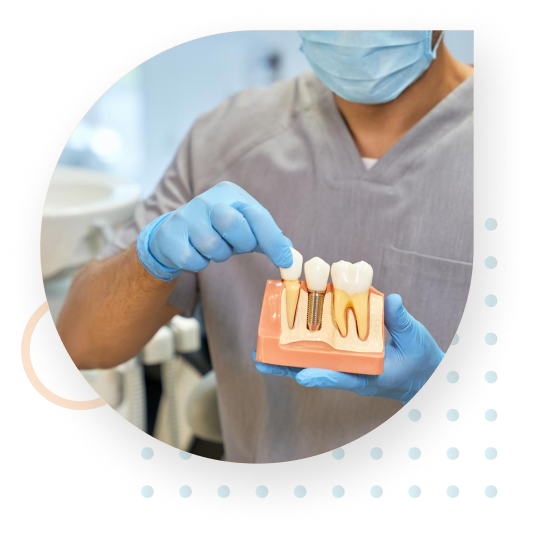
Dental implants as we know them today were invented many years ago back in 1952 by a Swedish orthopedic surgeon. Today, they are considered the standard of care for prosthetic replacement of missing teeth in modern dentistry around the world.
A dental implant is a surgical fixture that is placed right into the jawbone of the patient and allowed to fuse with the bone over the span of a few months. (note: we use a unique and innovative method to improve the healing process upon installation of Lethbridge implants). The dental implant then acts as a full replacement for the root of the missing tooth it replaces. In turn, this new “artificial tooth root” serves to hold either the replacement tooth or bridge replacing more than one tooth.
Having a dental implant fused to the jawbone is the closest thing to mimicking a natural tooth because it stands on its own without affecting the nearby teeth and has great stability. The process of fusion between the dental implant and jawbone is called “osseointegration.” Most dental implants are made of titanium, which allows them to integrate with bone without being recognized as a foreign object in our body.
Over time, technology and science have progressed to greatly improve the outcomes of dental implant placement. Today, the success rate for dental implants is close to 98% across the entire industry, however our personal success rate exceeds this amount and our patients actual results are closer to 100%, however we are required to state that individual results may vary and not every patient is the same.

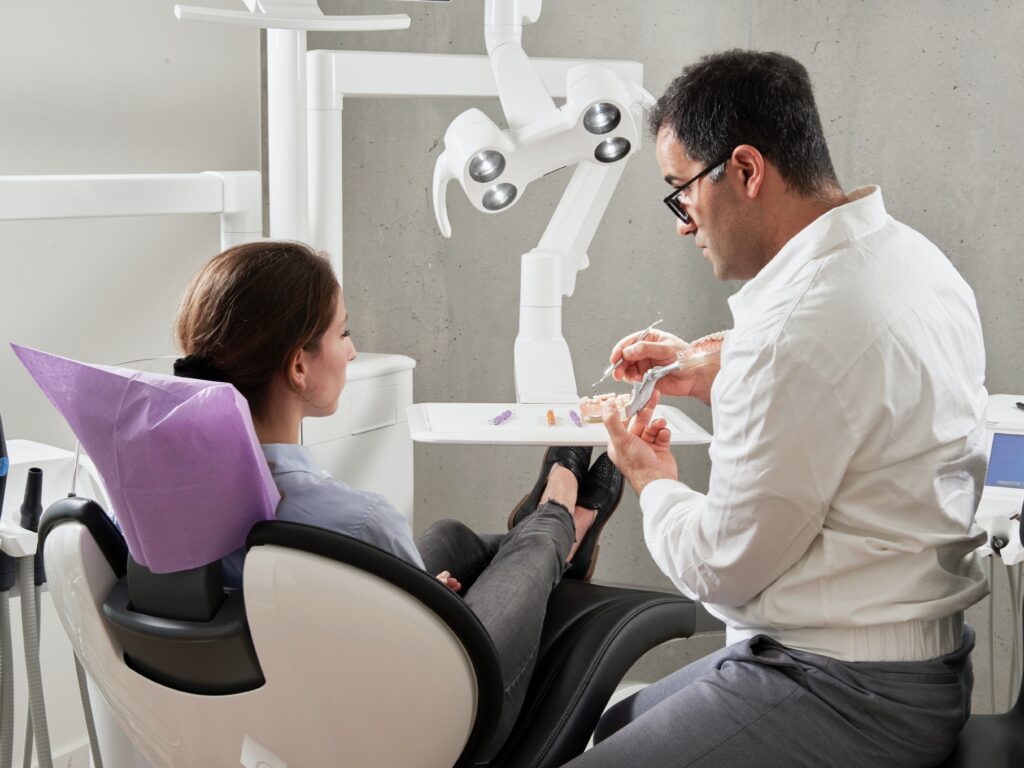
There are two parts to a dental implant. The implant itself is a titanium screw that is placed into the bone, which replaces the “root” of a normal tooth. Once the implant has healed to the bone, then an artificial tooth (crown) can be attached to the titanium screw. The titanium screw is usually 4-5mm in diameter, and 8-12mm in length, depending on your clinical situation.
Yes, other options include bridges (cemented to the teeth on either side of the missing tooth), partial dentures (removable), or no treatment at all (not all teeth need to be replaced). Partial dentures are usually the most cost-effective option, however they are not ideal in that they are not fixed in place, and there is excess bulk of the framework which extends all the way to the other side of the arch. Compared to bridges, implants are usually the most ideal tooth replacement option as they do not require removal of tooth structure on the adjacent teeth, and they don’t rely on the health and longevity of those adjacent teeth. If you still have questions about what tooth replacement strategy is right for you, schedule a consultation with Dr. Chuck to talk more about the options that are available to you in your particular case.
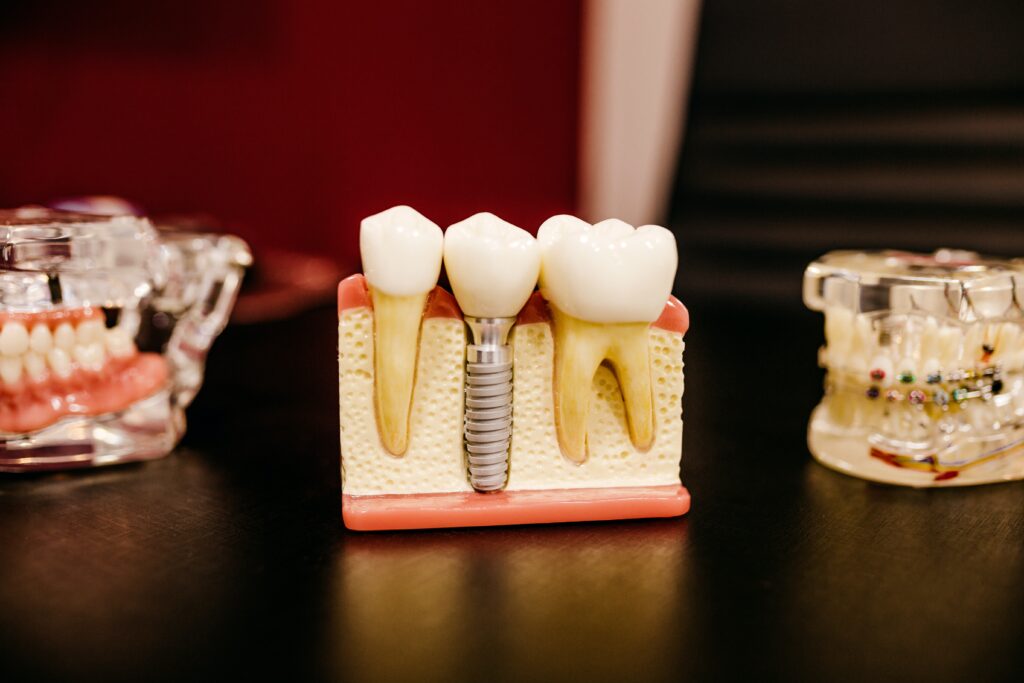
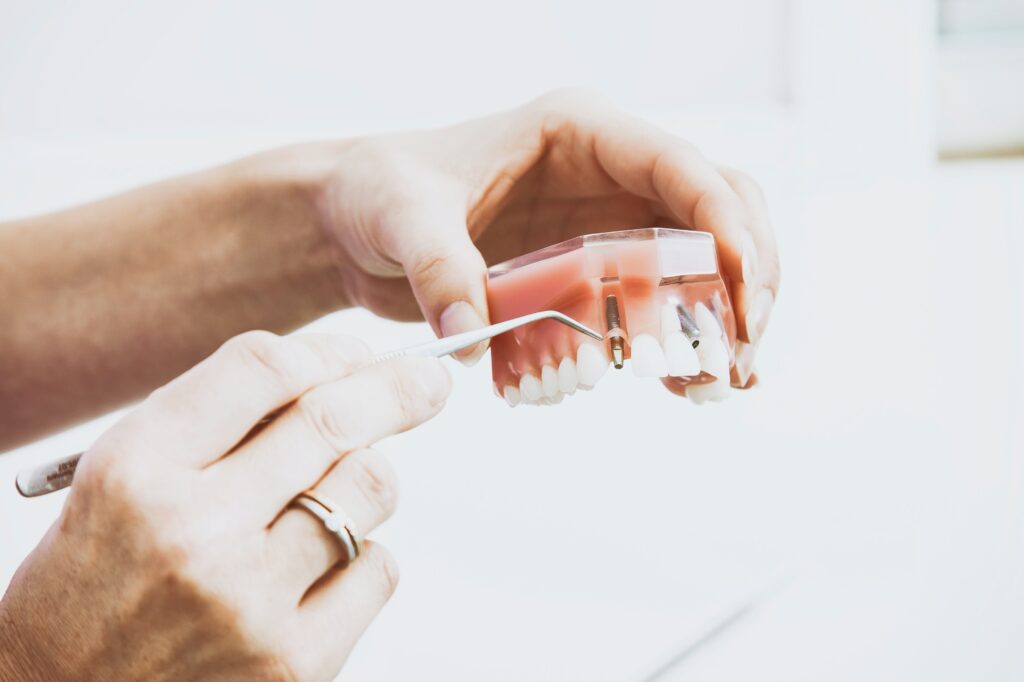
In experienced hands like Dr. Robertson’s, implants generally have a 95-98% success rate. Certain factors can decrease that success rate, including diabetes, smoking, or any condition that causes a problem with bone healing. If there is a significant deficiency of bone requiring bone grafting or a smaller implant than usual, success rates can be lower.
As long as they are placed and restored properly and patients keep up with hygiene and maintenance of their implants, they can last 20+ years (in fact, the very first implants placed in a human were done in 1965, and that patient died in 2006 with the implants still in place and functioning well – a total of more than 40 years!). However, occasionally implants fail to heal to the bone (osseointegrate), or develop gum disease (peri-implantitis), in which case they may need to be removed and possibly replaced.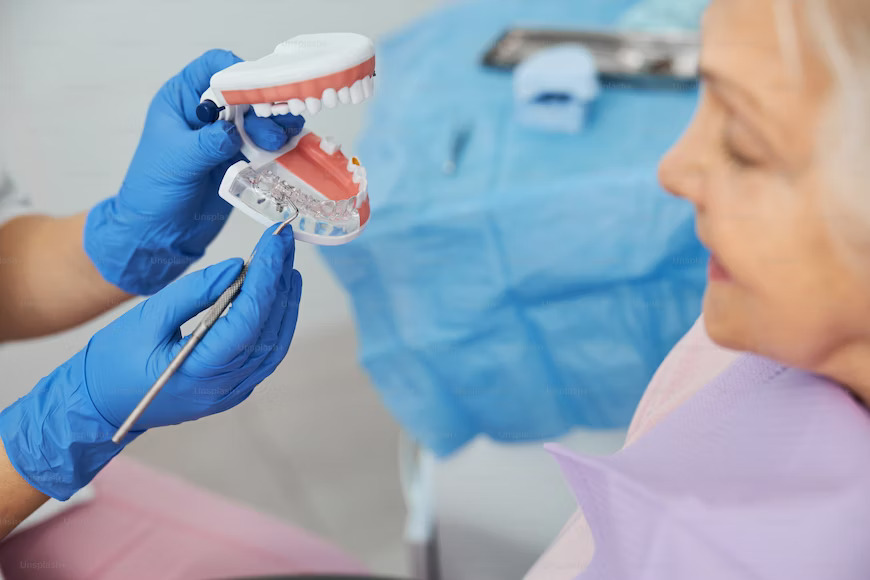
Absolutely not! Dr. Chuck has placed many implants in patients over 70 years old, and their comment is typically that they should have gone forward with it sooner! As you age, your quality of life becomes increasingly important, and the ability to chew and enjoy your food is a big part of that. We can help you achieve this.
There are some general dentists with training in placing dental implants, and Dr Chuck is one of those dentists. He has specialty training in dental implants, surgery and bone grafting.
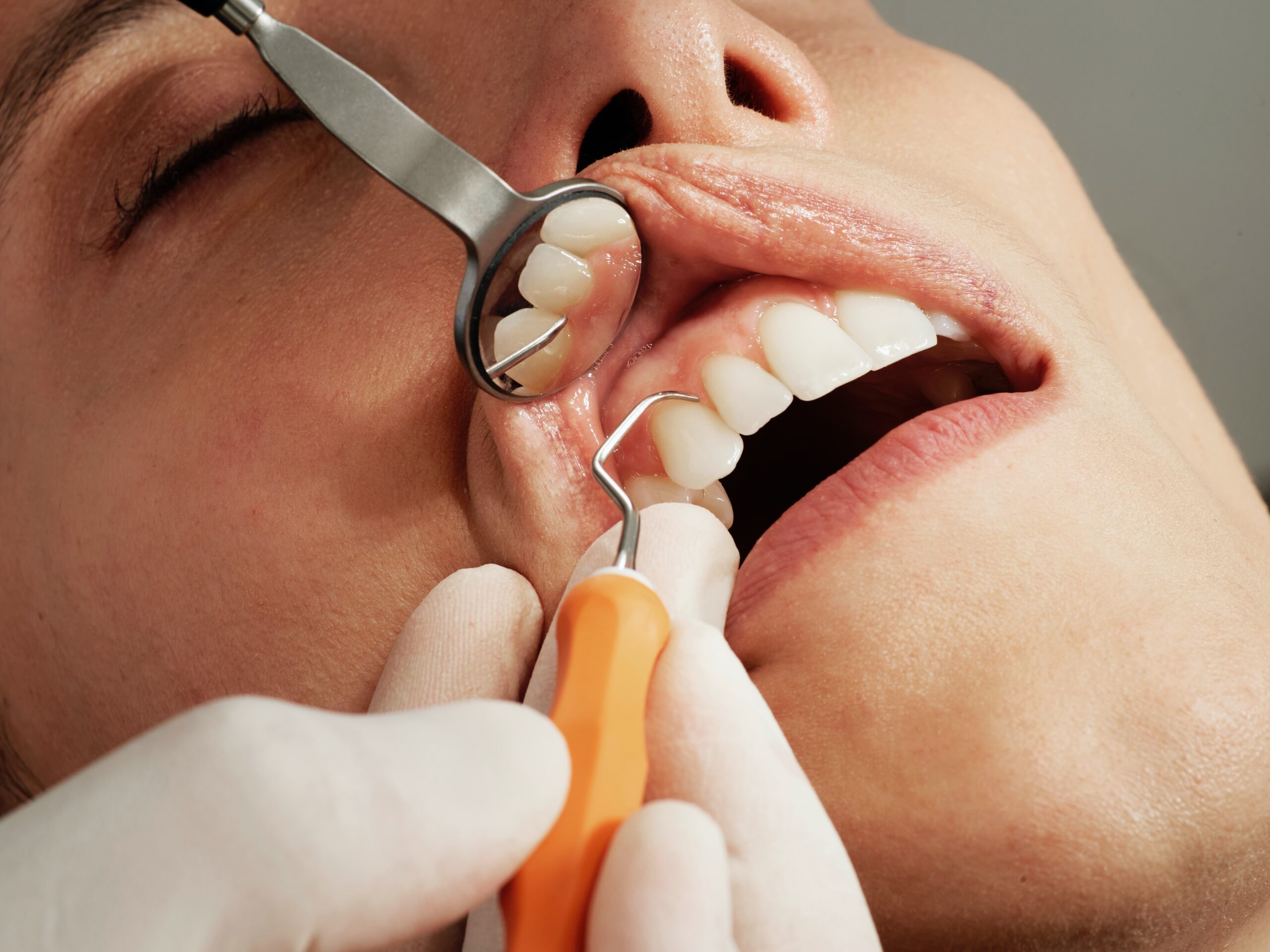
This is a great question. Dr. Chuck will be able to tell you if he thinks the site will be enhanced by bone grafting. Sometimes that decision has to be made at the time the implant is placed. On occasion, a bone graft should be done BEFORE an implant is placed.
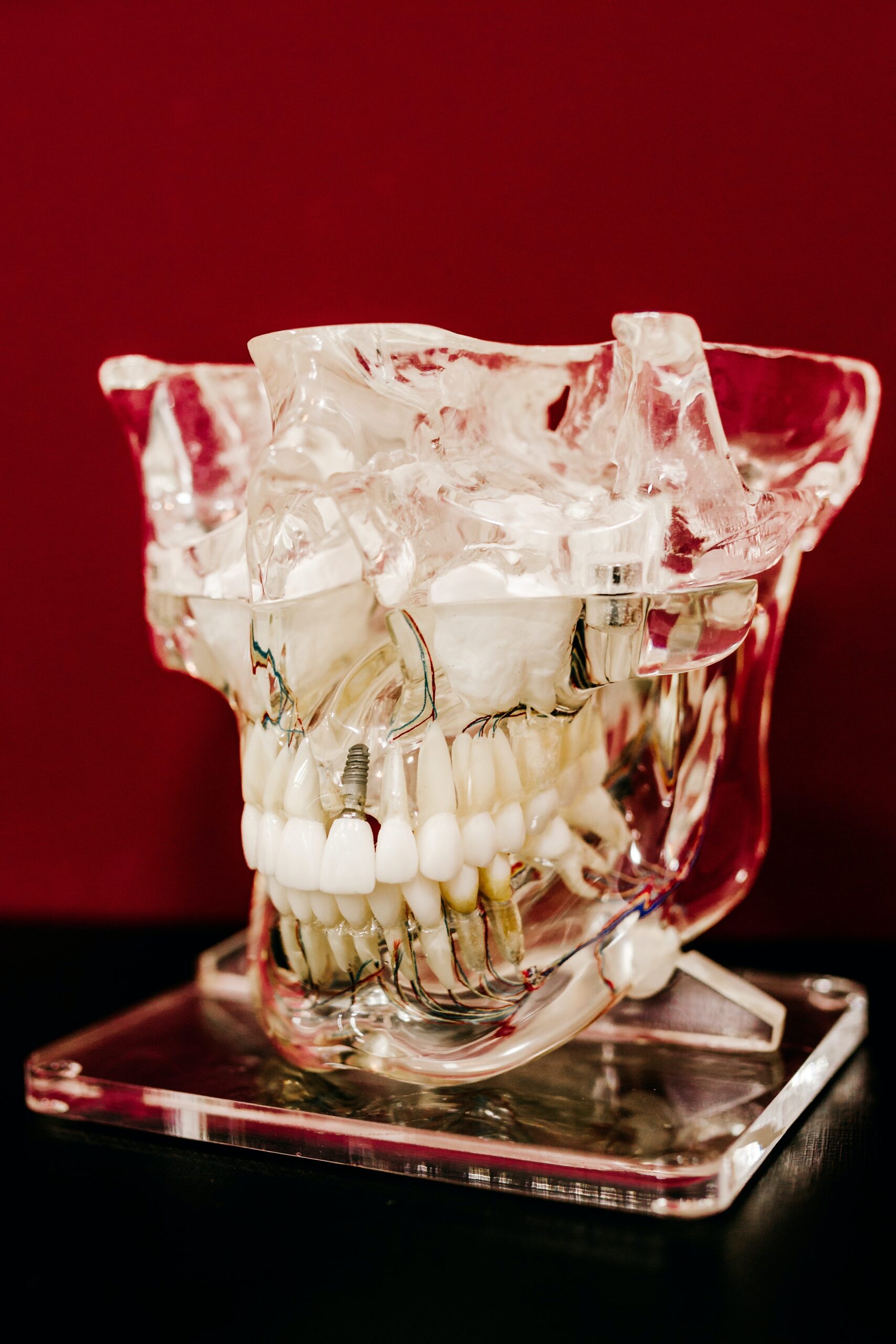
Both situations are quite common! If you are just missing one tooth, you can have one implant to replace the one tooth. If you are missing three or more teeth, you may be a candidate for an implant “bridge”, where two implants are placed to replace three or more teeth as a bridge.
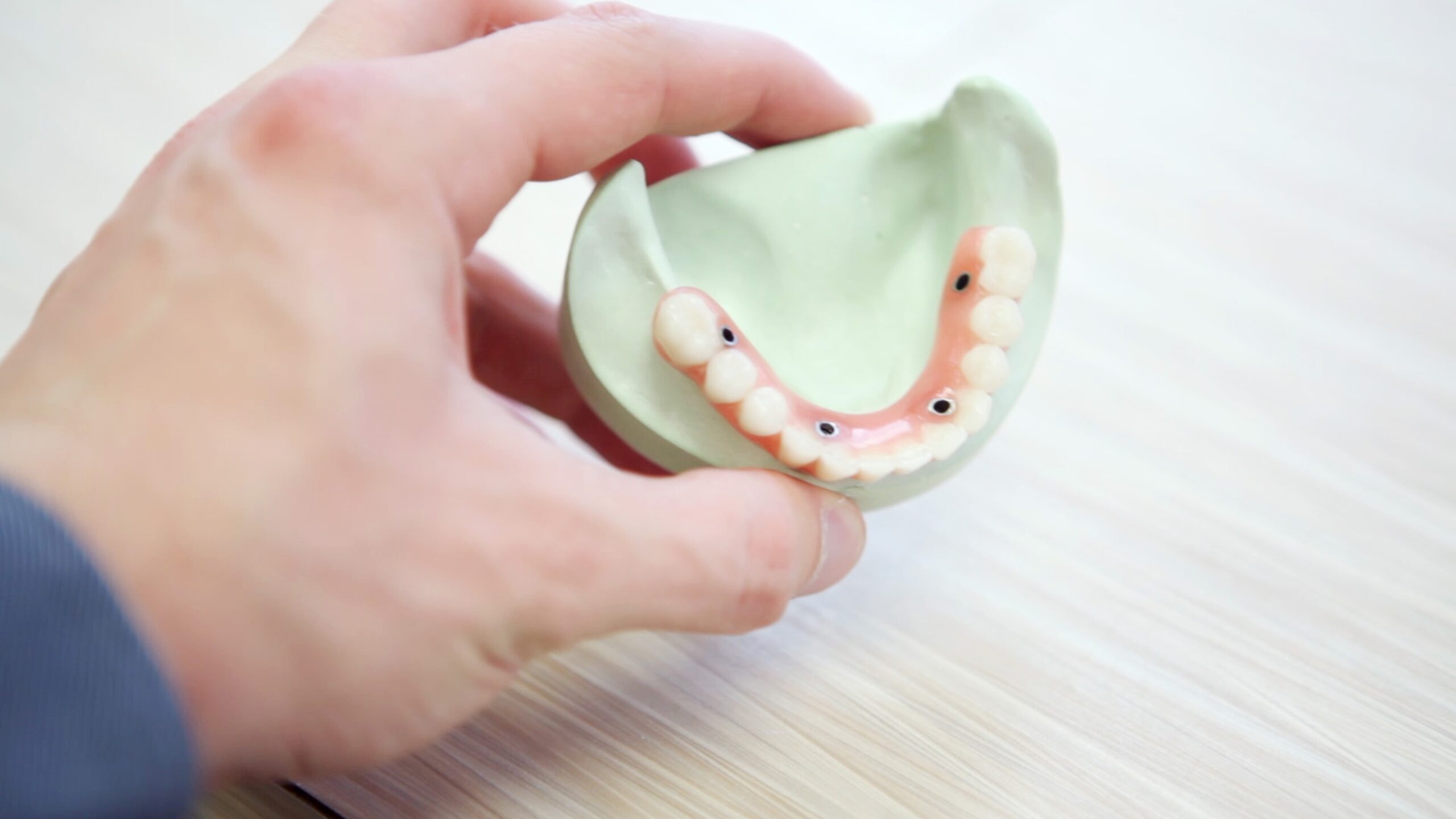
Yes. Typically the procedure involves removing any remaining teeth, placing 4-6 implants throughout the upper and/or lower jaw, and then attaching the implant-denture onto the implants. This happens all on the same day as removal of the teeth! Since the prosthesis is fixed to the implants, it is as close to the functional capacity of your natural teeth as can be achieved. This is usually the most ideal plan whenever someone is faced with having to remove all of their remaining teeth. In such cases, Dr Chuck will refer you to someone with specialty training.
Yes, Dr. Chuck plans all implant cases with 3D using a Cone Beam CT (CBCT) scanning technology. He does all his planning on the computer. This helps make treatment more predictable, reducing risk of error, reducing complications, and is often minimally invasive.
Every case is unique, so costs are individually priced for exactly your situation. We can tell you that a straight forward implant placement is $2100 and the eventual placement of a crown on that implant is also similarly priced. At your consultation appointment, we will review all of the costs for your treatment plan – including any insurance coverage you may have. Please click here if you’d like to schedule a consultation appointment.